
Can Cyclists Use Bus Lanes in the UK? Guide for Safe Riding
Bus lanes in the UK aren’t just for buses — cyclists can often use them too, as long as the lane’s signage includes a bicycle symbol. Riding in these lanes offers a safer and more efficient route for cyclists and e-bike users, especially those using high-performance models from isinwheel.
What the Highway Code Says About Cyclists in Bus Lanes
According to Rule 65 of the Highway Code, you might wonder, “Can cyclists use bus lanes?” Yes — cyclists can ride in most bus lanes when the blue sign shows a bicycle symbol. These lanes keep cyclists separated from heavy traffic, making city rides safer and faster. Staying visible and following the signs ensures a smoother commute through busy streets.
When Cyclists Can Use a Bus Lane
-
Check the sign: If the blue bus lane sign includes a bicycle symbol, cyclists are legally permitted to ride in it.
-
Follow the hours: Some bus lanes are restricted during specific times, so always read the information panel before entering.
-
Stay visible: Ride in the centre of the lane rather than close to the kerb to stay safe and easily seen by drivers.
How to Tell If a Bus Lane Allows Cyclists
To know if cyclists can use a bus lane in the UK, check the blue bus lane sign at the start of the lane. These signs show which vehicles are allowed — usually buses, taxis, motorcycles, and bicycles. Look for the bicycle icon, which confirms that cyclists can legally ride in the lane. If it’s not displayed, bikes aren’t permitted, and entering could result in a fine.
Remember that bus lane signs vary across UK cities, and some lanes only allow cyclists during specific hours. You may also see with-flow bus lanes, which go with traffic, or contra-flow bus lanes, which let cyclists ride safely in the opposite direction.
UK Bus Lane Rules for Cyclists
In the UK, bus lanes are managed by local councils and Transport for London (TfL), depending on where you ride. These lanes help improve traffic flow and promote sustainable travel for buses, taxis, and cyclists. Most UK cities, including London, Manchester, and Birmingham, now allow cyclists to use bus lanes for safer and more efficient commuting.
In London, the majority of bus lanes permit cycling, as long as the blue bus lane sign shows a bicycle symbol. Cyclists must still follow the operating hours displayed on the sign, since some lanes are restricted to buses only during peak times. Once restrictions end, all vehicles — including bicycles and e-bikes — can use the lane freely.
However, there are a few exceptions where cyclists aren’t allowed, particularly in “local bus” lanes reserved exclusively for public transport. These are marked with the word “local” on the sign, and entering them could lead to fines. Always check the signage before using a bus lane.
Regional Overview of Bus Lane Access for Cyclists
|
City/Region |
Cycling Allowed in Bus Lanes |
Key Notes |
|
London |
Most lanes allow cyclists |
Check the blue sign for a bicycle icon; follow TfL’s operating hours. |
|
Manchester |
Yes |
Most lanes include bikes; check for local variations. |
|
Birmingham |
Most major routes |
Supports cycling and e-mobility; signage differs by road. |
|
Liverpool |
Varies by location |
Some lanes remain bus-only; verify before entering. |
Across the UK, bus lanes offer cyclists and e-bike riders a safer and faster route through city traffic. Commuting on an isinwheel e-bike makes it even smoother — combining speed, comfort, and eco-friendly travel while staying compliant with UK road laws.
Benefits of Using Bus Lanes for Cyclists
Safer Distance from Traffic
Bus lanes provide cyclists with a protected space away from heavy vehicles, such as cars and lorries. Riding in these lanes reduces the risk of collisions and makes city commuting much safer. By separating bikes from the main flow of traffic, cyclists can maintain better control and confidence while riding.
Faster and More Direct Routes
Cyclists can use bus lanes to take more direct routes through congested areas. This helps avoid stop-start traffic and long delays on regular roads. Commuting becomes smoother and more predictable, especially during peak hours, saving time for daily riders.
Supports Sustainable Travel
Using bus lanes encourages eco-friendly transportation by promoting cycling over cars. This contributes to lower emissions and a healthier urban environment. Bus lanes make cycling a convenient and practical option for commuters.
Ideal for E-Bike Riders
E-bike users, including those riding isinwheel e-bikes, gain additional benefits from bus lanes. The combination of speed and lane access allows for efficient commuting while keeping riders safe. Bus lanes make urban e-bike travel smoother, faster, and more enjoyable.
Safety Tips for Riding in Bus Lanes
Position Yourself for Visibility
When riding in UK bus lanes, always stay in the middle of the lane rather than hugging the kerb. This ensures that drivers and bus operators can see you clearly, reducing the risk of accidents. Proper positioning is key for safer cycling in busy urban areas.
Be Cautious Around Buses
Never overtake buses that are at a stop, as passengers may step into the lane unexpectedly. Maintaining a safe distance from buses keeps cyclists protected and ensures compliance with UK cycling safety rules.
Watch for Pedestrians and Bus Doors
Always stay alert for pedestrians entering the bus lane and bus doors opening suddenly. Awareness of your surroundings is essential for preventing collisions and staying safe on city streets.
Take Care When Exiting the Bus Lane
When leaving a bus lane to merge into normal traffic, check for vehicles approaching from behind. Signal clearly and move gradually to ensure a smooth and safe transition.
Wear Visible Gear and Lights
Cyclists should always wear high-visibility clothing and use front and rear lights, especially in low-light conditions. This improves visibility and keeps both traditional cyclists and e-bike riders, including isinwheel users, safer while commuting in bus lanes.
Conclusion
Most UK bus lanes allow cyclists and are designed for safer, faster city travel. Always follow signs and lane hours to ride responsibly. Using a reliable isinwheel e-bike enhances safety, comfort, and efficiency for urban commuting. With the right e-bike, navigating busy streets and bus lanes becomes easier and more enjoyable.
FAQs
Who can use bus lanes in the UK?
Most bus lanes can be used by buses, taxis, motorcycles, and cyclists where indicated by the blue bus lane sign. Always check the signage for permitted vehicles and operating hours.
When can I not use the bus lane?
Cyclists and other vehicles must not enter a bus lane when restrictions are in place, usually during peak times. Some “local bus” lanes may also be restricted exclusively to public buses.
What is the bus lane rule?
The bus lane rule states that only vehicles permitted on the blue bus lane sign can use the lane during its operating hours. Entering a restricted lane can result in a fine.
Can e-bikes use bus lanes in the UK?
Yes, e-bikes, including pedal-assist models like isinwheel, can use most bus lanes where a bicycle icon is displayed. Riders must follow lane hours and traffic rules for safe and legal commuting.
The Latest Posts
Explore isinwheel products
City E Scooter | Off-Road Scooter
Fastest Scooter | Kids Scooters




















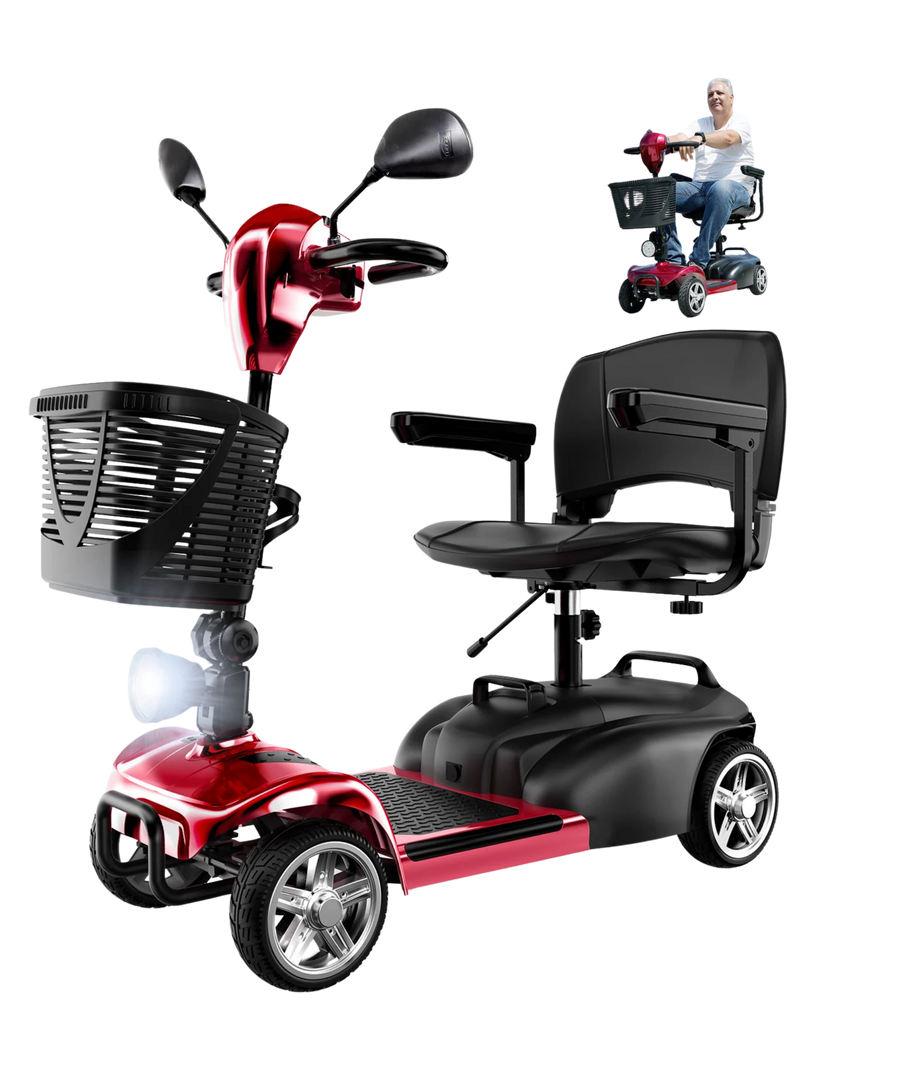


























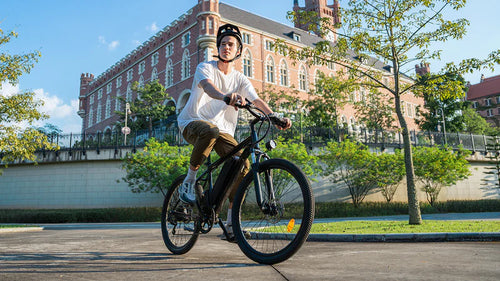
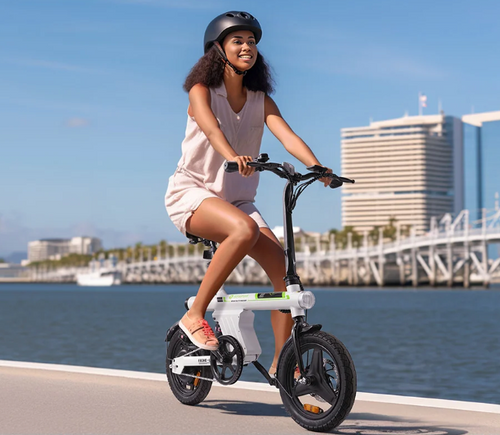



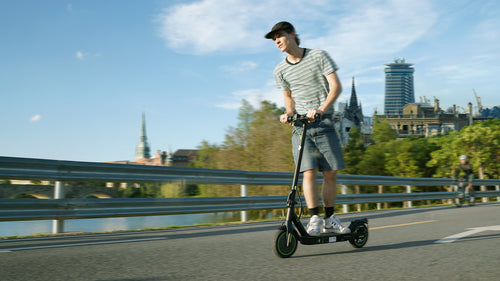


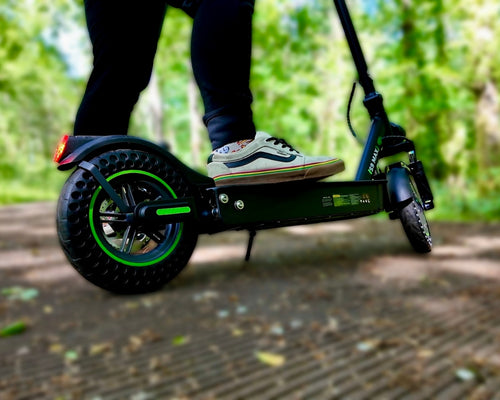
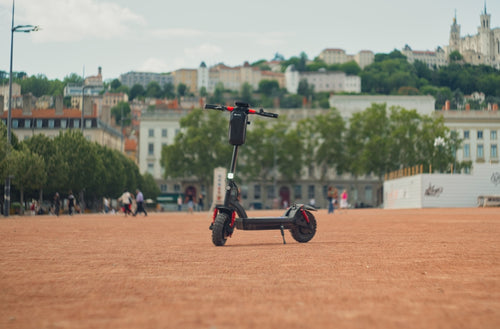
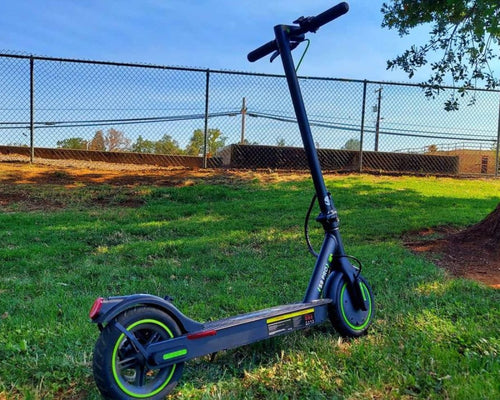





Leave a comment